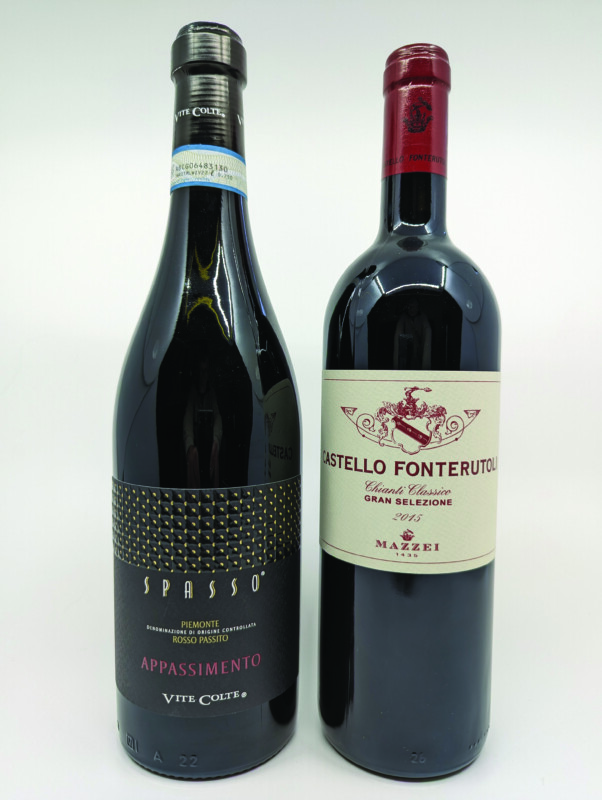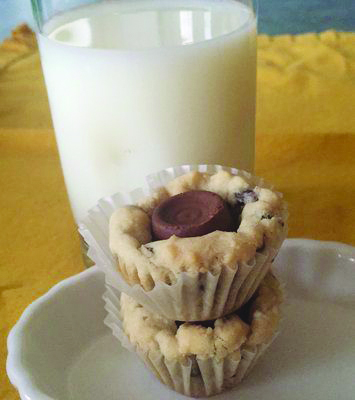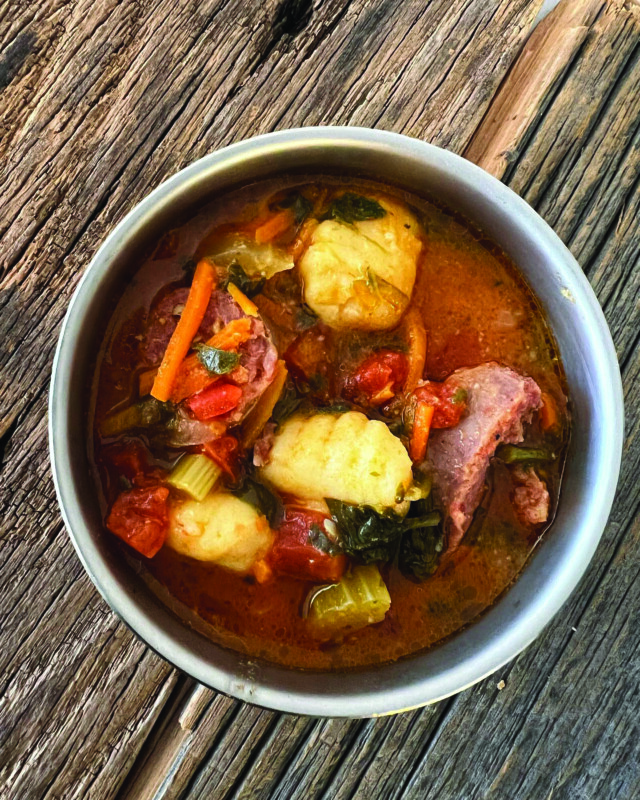What to drink with each course of a hearty Italian meal
The crisp days of autumn call for a reunion of family and friends. Italians are well-practiced at family reunions over hours-long dinners, with multiple courses, accompanied by the appropriate wines, punctuated by short rests between the plates.
The gathering may start with a traditional aperitivo, a sampling of a plant-based dip, olives, nuts, and cheeses, followed by a traditional antipasto, an arrangement of best cheeses, meats, marinated artichokes, olives, crostini, the spread before the main meal. It is a delight to both the eye and the tastebuds. The primi piatti, or first course, can be a pasta, risotto, soup or polenta; the possibilities are endless. Secondi piatti, or second course, will feature different types of meat and fish. The portions are small and will typically have a vegetable alongside the protein. Just when you think you have completed the meal, along comes the insalata, composed of leafy greens dressed with oil and vinegar, salt and pepper; and lastly, followed by the dolce, or dessert. Panna cotta or tiramisu are prime examples, served alongside a tiny cup of dark, strong coffee.
What sort of wines are served with this mélange of courses, all different from each other? The aperitivo calls for a prosecco or spritz. The antipasto calls for an unoaked white or a light dry red wine like a barbera. The primi piatti course typically calls for a wine that will match the dish, dry for a pasta laced with pesto, or a creamy chardonnay with a pasta with clam sauce. The secondi piatti course will be matched to a wine that depends on the protein, from pinot gris, which pairs well with a creamy seafood dish, to a dry Chianti, the most commonly consumed wine of Italy. The insalata and dolce are the only two courses without a pairing to wine.
Two red wines noted in the paragraphs above include barbera, from the Piedmont region of Italy, and Chianti, from Tuscany, made primarily from sangiovese grapes. What are their similarities and differences? Sangiovese is a relatively “sweet” newer wine, but its sweetness can be brought closer to barbera when blended with dry red wines. Both have strawberry as a primary flavor, but that “sweetness” may be more apparent in the sangiovese than in the barbera. We should note the term “sweet” does not imply sugar; it refers more to the level of fruit that is experienced in the nose and on the tongue.
The Vite Colte Piedmonte Spasso Passito Appassimento Rosso, available at the New Hampshire Liquor & Wine Outlets, priced at $39.99 and reduced to $19.99, has a deep ruby red color. To the nose it is open and elegant, with ripe fruit of berries and plum. On the tongue, the wine is dry with light tannins; the fruit carries through with some herbaceous notes. Barbera is not grown on the best real estate of the Piedmont, but its lowly position should not be ignored. It is meant to be enjoyed young, is affordable, and is a perfect complement to the antipasto, or perhaps also enjoyed with the courses that follow.
The 2015 Castello Fonterutoli Chianti Classico Gran Selezione, from the Mazzei Vineyards, available at the New Hampshire Liquor & Wine Outlets, priced at $71.99 and reduced to $35.99, may not be the least expensive Chianti, but it is an excellent choice, coming from one of the most prestigious wineries of Tuscany, owned by the Mazzei family for 26 generations. This blend of 92 percent sangiovese, 4 percent malvasia nera and 4 percent colorino, two indigenous varietals, it hails from the vineyard’s best parcels. With a deep red color and pronounced fruit to the nose and tongue, this Chianti calls for rich, dark meats, mushrooms, herbs, herbaceous cheeses, root vegetables and braised greens. It will complement a rich, meaty secondi piatti.
Autumn is a time to settle back indoors. Plan a four-hour, multi-course Italian dinner, with family and friends. Enjoy the camaraderie of sharing a well-planned spread, paired with an excellent selection of wines. Repeat those great stories again, revisit those shared adventures, all enjoyed over great food and wine. Enjoy a meal the way Italians do!






